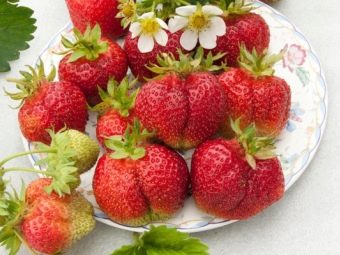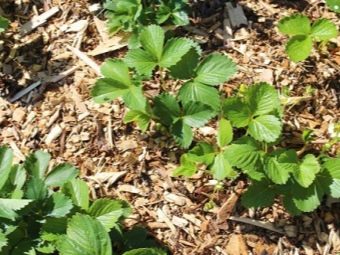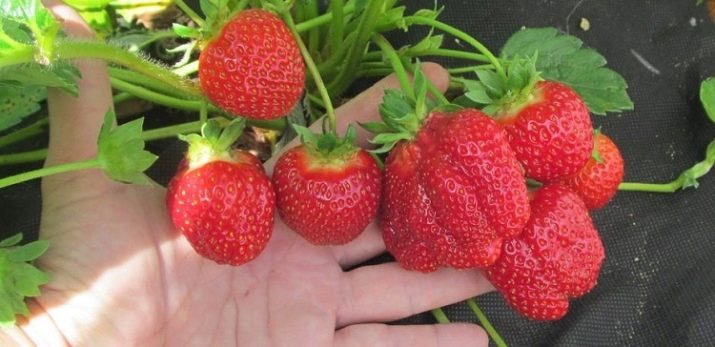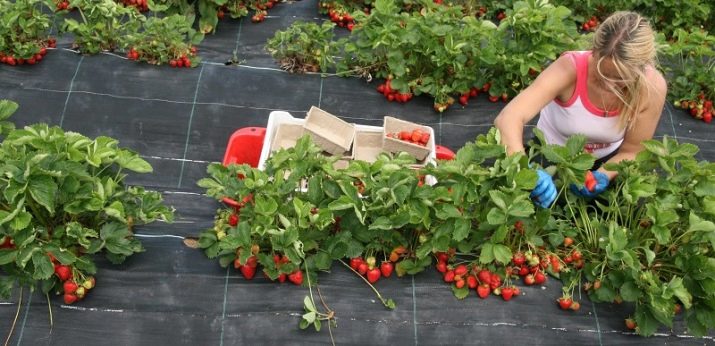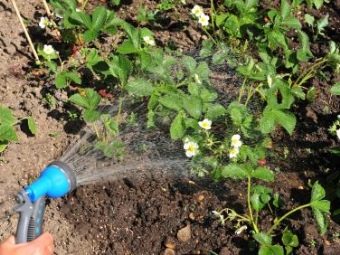Boheme strawberries: variety description and growing tips
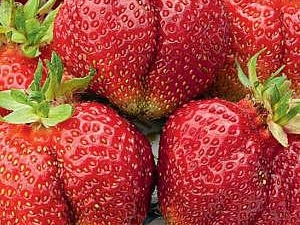
Strawberries are represented by many varieties of the most diverse breeding.Among them is to give preference to domestic products. Including "Bogeme", which, despite its name, does not show a drop of capriciousness.
Special features
Strawberry "Boheme" refers to the number of late ripening varieties. It gives the main crop just at the moment when the earliest varieties have already completed the growing season, and repairmen are just beginning to fill up. The fruits ripen in mid-July. Strawberry is zoned in areas with a continental and partly continental climate. The plant was bred under the supervision of G. Govorova, an employee of the All-Russian Institute of Horticulture, G. F.
Main characteristics
In the description of the variety, it is noted that “G56” and “Luthe Vir” became its progenitors. The plant has a high yield: 1 square. m. accounted for 3.5 kg of fruit. Foliage is characterized by medium wrinkling and considerable size. Usually, the higher the leaf grows, the brighter it is. But below the leaves are painted in dark green. Bushes are always developed, their outlets are not bad, but the number of whiskers is small.
For peduncles characteristic location on the same level as the leaves. Fruits of early harvest reach a mass of 40-50 g. They are painted in a dark red tone, the peel has a glossy sheen and differs in density. The density of the pulp does not prevent the berries to maintain juiciness.
How to grow
Characteristics of garden strawberries "Bogema" attract the attention of consumers. But to get the best result is possible only with strict observance of the norms of agricultural technology. The minimum distance between the bushes is 350-400 mm. It will not be an error to increase this gap to 500 mm. Sealing landings instead of increasing yields reduces the area from which the plant is fed.
Only very experienced gardeners can get around this limitation, increasing the intensity of feeding. Before flowering strawberries are fed with nitrogen, organic matter and potassium. Later, a complex of nitrogen and other minerals is used. It should be used when:
- bloom;
- tab ovary;
- ripening fruits.
One of the best ways to feed "Bohemia" - the use of drip irrigation. This practice even allows you to overtake the world-recognized varieties. The role of using mulch is great. She is:
- prevents overheating;
- helps to eliminate drying out;
- suppresses weeds;
- able to save the crop from pollution and from rotting.
Advantages and disadvantages
Reviews of gardeners about strawberries "Boheme" rather positive, and in any region where it grows. Peduncles are quite high, each of them gives a lot of berries. These berries are concentrated in solid brushes - dense, well-suited for transportation, uniform and ripening together. Such properties allow us to recommend "Bohemia" for industrial cultivation and for cultivation in suburban areas. The taste is pleasant, even better than the varieties of the family "Vima".
An additional advantage of domestic strawberries is the low demands on the quality of agricultural technology and the soil environment. Climatic parameters also do not matter. "Boheme" not bad manifests itself in the north and in the south. It is well tolerated in both hot and cold periods. The plant is resistant to major fungal and viral infections.
It is necessary to mention the weak points characteristic of this variety. All its shortcomings can hardly be called serious, which would force gardeners to refuse in principle from growing strawberries. The nose of the largest berries forks.
When the fruits are in the building of technical ripeness, they are painted in a greenish tone. But should the farmers themselves consider this a problem, because it is a matter of subjective assessment.
Crushing the berries of each subsequent crop is natural for large-fruited varieties. "Bohemia" is similar to them in its characteristics. A frequent problem is either insufficient fruit size or low fertility. It is associated with limited feeding.Knowing this, one can very easily prevent difficulties.
It is often possible to find statements that foreign large-fruited varieties can produce more fruit. In fact, no one did exact calculations. The authors of such statements are, for the most part, indiscriminately copying methodical literature and advertising publications. In fact, productivity is determined, first of all, by the quality of feeding and compliance with other requirements of agricultural technology. In addition, it is necessary to take into account the differences in the climatic conditions of different countries.
Time for "Bohemia"
Late varieties of strawberries can be planted in autumn and spring with an equal degree of success. The choice is determined by the preparation of gardeners, the level of workload and the weather situation. In spring, “Bohemia” should be planted in the soil already warmed up after the snow melt. Very relevant is the saturation of the soil with moisture. If planting is postponed for the fall, it is necessary to work in the last days of August or in September: delaying the deadlines can lead to strawberry damage by the first cold.
Selection and preparation of the site for the beds
The requirement for soil in this variety is small. But you should avoid peatlands and places rich in turf, podzolic soils. As with other varieties, a high level of groundwater is unacceptable for Bogema. Only sometimes it is possible to cope with the problem, raising the beds to a great height. But the main measure of the struggle is thorough drainage.
Regardless of the autumn or spring planting, digging of the chosen place is done in the autumn. If strawberries are planted in spring, you should loosen the ground just before planting. It is undesirable to approach planting to the places of accumulation of fresh manure. “Boheme” will also feel bad next to the dense plantings of other plants. Strawberry beds must be thoroughly ventilated.
Departure after disembarkation
During the first 14 days it is especially important to maintain the humidity of the earth. After this period, instead of daily watering irrigation is carried out every 48 hours. But we must carefully monitor that the soil does not dry out. Additional protection provides mulching. The minimum approximation of the spread fertilizers to the bush is 50 mm.
Pruning fall foliage is undesirable. It is the main natural barrier that protects sockets. But in case of violation of the bushes due to the aggression of pests or infection with diseases, it is still necessary to cut the leaves. Moreover, to delay it is impossible. As soon as the plants bring the last fruits of the season, it is necessary to cut off the old foliage of the lower tier and excess whiskers.
On how to plant strawberries, see the following video.

